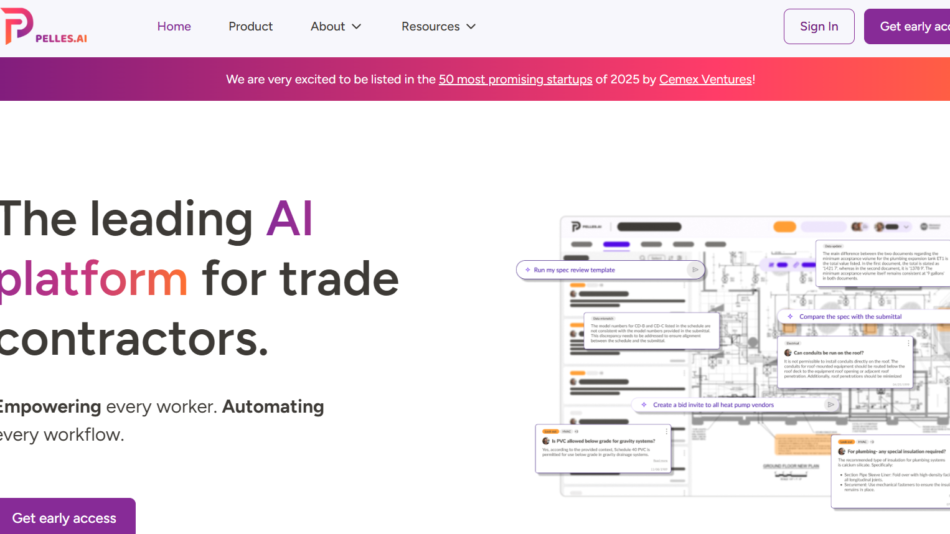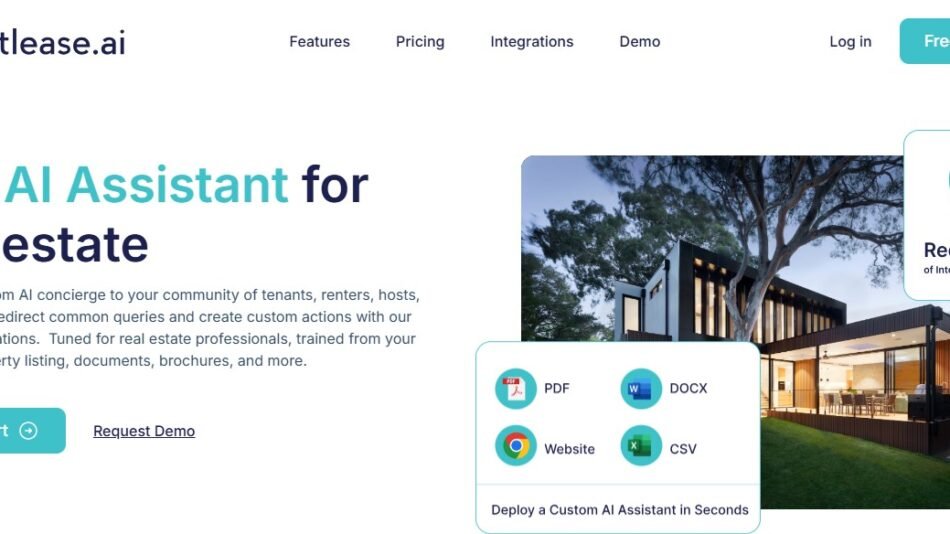Dosu is a lightweight, developer-first API gateway and request proxy that helps teams manage, test, and secure APIs with minimal configuration. Built for simplicity, Dosu acts as a transparent gateway between your frontend and backend—perfect for quickly routing requests during development or securely proxying API calls in production.
Unlike traditional gateways that are heavy, complex, or over-engineered, Dosu focuses on delivering core API gateway capabilities like request forwarding, API key management, response mocking, and rate limiting through a simple, self-hosted or cloud-based interface.
Features
Simple Request Proxying
Route incoming API requests from your frontend to your backend or third-party APIs using straightforward endpoint definitions.API Key Management
Secure endpoints by issuing and validating API keys automatically through Dosu’s built-in tools.Rate Limiting
Prevent abuse by setting request limits per IP, key, or endpoint.Response Mocking
Mock responses directly in the gateway—ideal for testing frontends before backend services are ready.CORS Management
Easily handle Cross-Origin Resource Sharing (CORS) configurations for web apps.Edge-Ready Hosting
Deploy your gateway to edge locations (like Vercel or Cloudflare Workers) to reduce latency and speed up responses.Local Development Support
Install Dosu locally to quickly test frontend integrations without exposing real endpoints.YAML Configuration
Define routes and behavior in clean, readable YAML files—perfect for version control and CI/CD workflows.Metrics and Logging
View detailed logs of incoming requests, status codes, and performance metrics to debug APIs.Open Source Option
Dosu offers a self-hosted, open-source version for developers who prefer full control.
How It Works
Dosu acts as a bridge between clients (like browsers or mobile apps) and the APIs you want to connect to. Here’s how it typically works:
Step 1: Define Routes in YAML
Specify incoming paths and the corresponding target URLs in a config file.
Step 2: Start Dosu Locally or Deploy to the Cloud
You can run Dosu locally for dev or deploy to the cloud (e.g., Vercel, Docker, etc.) for production use.
Step 3: Forward Requests Automatically
Frontend apps send requests to Dosu’s endpoint. Dosu forwards them to the appropriate backend or third-party service.
Step 4: Secure and Monitor
Enable API keys, rate limits, or mock responses based on your environment and use case.
Use Cases
Frontend Development
Quickly proxy API calls during development without setting up CORS or full backend infrastructure.Testing and Mocking
Return fake or placeholder responses for API endpoints not yet implemented.Secure Public APIs
Serve your APIs through a controlled gateway with API key validation and rate limiting.Serverless Projects
Add a lightweight proxy layer for serverless functions or cloud API routes.Startups and Solo Devs
Ship MVPs faster by minimizing backend complexity while retaining essential API controls.
Pricing
As of June 2025, Dosu is available in the following formats:
Open Source (Self-Hosted)
Free and open-source
Host on your own infrastructure
Access to all core features
Ideal for developers and small teams
GitHub: https://github.com/dosu-dev
Cloud (Coming Soon)
Managed version of Dosu with automated deployment
Hosted API gateway with monitoring and key management
Pricing details to be announced on https://dosu.dev
You can currently use the open-source version while cloud features are under development.
Strengths
Extremely lightweight and developer-friendly
No vendor lock-in—self-hosted and open-source
Fast setup with minimal configuration
Ideal for frontend-backend API bridging
Supports local testing, mocking, and live environments
Future-ready with edge hosting compatibility
Drawbacks
Still in early development—cloud features and UI dashboards are in progress
May require basic YAML or terminal knowledge
Not as feature-rich as enterprise API gateways (e.g., Kong, Tyk)
Documentation is evolving with the product
Comparison with Other Tools
Dosu vs. Kong
Kong is enterprise-grade with plugins and service meshes. Dosu is simpler, faster to set up, and suited for developers or small teams.
Dosu vs. Postman Mock Server
Postman focuses on request testing. Dosu can sit in front of your app and serve live traffic in development or production.
Dosu vs. NGINX
NGINX can be configured as a reverse proxy but lacks built-in API key handling, rate limiting, and mocking—all of which Dosu offers out of the box.
Dosu vs. Vercel Edge Middleware
Vercel Middleware allows for request rewriting, but Dosu adds a structured gateway approach with dedicated API controls.
Customer Reviews and Testimonials
As Dosu is a relatively new open-source project, formal customer reviews are limited. However, early adopters and developers have praised its simplicity and focus:
“Dosu made it incredibly easy to proxy my frontend to backend during development. I had a test API up in 5 minutes.”
— Indie Developer
“I love how clean the YAML config is. This beats writing a custom Express server for API routing.”
— Full Stack Engineer
“It’s exactly what I needed for mocking APIs while my backend team finished endpoints.”
— Frontend Lead
Conclusion
Dosu is a promising tool for developers who want a lightweight, flexible API gateway without the overhead of traditional enterprise solutions. Whether you’re building MVPs, testing integrations, or simply looking to proxy frontend requests securely, Dosu provides a no-nonsense, developer-first approach to API routing, mocking, and access control.
With a growing open-source community and plans for a managed cloud platform, Dosu is shaping up to be a modern API tool that fits perfectly into agile development workflows.















